Heat Transfer to Reduce Engine Heat Buildup
Within the world of physics, the principles of thermodynamics refer to how heat affects the ability of a system to perform work. In the case of vehicles, these principles are applied to result in a moving piston. It’s important to understand that in all reactions, including combustion reactions within the engine, energy is neither created nor destroyed. Instead, energy is transformed into heat. Temperature is a measure of the relative kinetic energy that molecules possess. As the molecules become more excited, the temperature increases. However, heat can be transferred from one area to another through three differing processes: convection, conduction, and radiation.
The Water Pump Produces Forced Convection and Conduction Heat Transfer
Forced convection occurs as the result of a pushing force — the water pump — acting to increase the buoyancy of heated fluids in a given direction and prevent internal currents from occurring. The cooling system runs throughout the engine, and the water pump forces the fluid, antifreeze/coolant, throughout this system. If the water pump fails to provide this force, the currents within the cooling system would not be capable of reducing heat transfer appropriately, which is why any failing pump should be replaced according to the vehicle specifications as soon as possible. When the fluid passes near heated objects, the heat is transferred from the engine to the fluid through convection. However, the proximity of the cooling system to the heated areas enables heat transfer to also occur through direct contact with heated parts as conduction, which occurs when the vibrations of the atoms within an object — the above-mentioned kinetic energy — move through electrons to an adjacent molecule.
Coolant Moves Toward the Radiator’s Higher Surface Area
After absorbing the heat from the engine, the fluid is then pushed by the water pump toward the radiator. The radiator derives its name from the third process of heat transfer in thermodynamics —radiation. Heated fluids project electromagnetic waves of nonlethal radiation relative to the amount of surface area of the fluid’s container. The radiator increases the amount of surface area exponentially, and the water pump pressure enables the radiation heat transfer to complete more quickly. Once the fluids have returned to a lower temperature, the fluid returns to the water pump and the cycle repeats.
The concept of water pumps to reduce heat buildup sounds relatively simple. The laws of physics, specifically thermodynamics, are the heart of effective heat management within the engine. Without the driving force of coolant, the engine would lock in place and fail to perform.
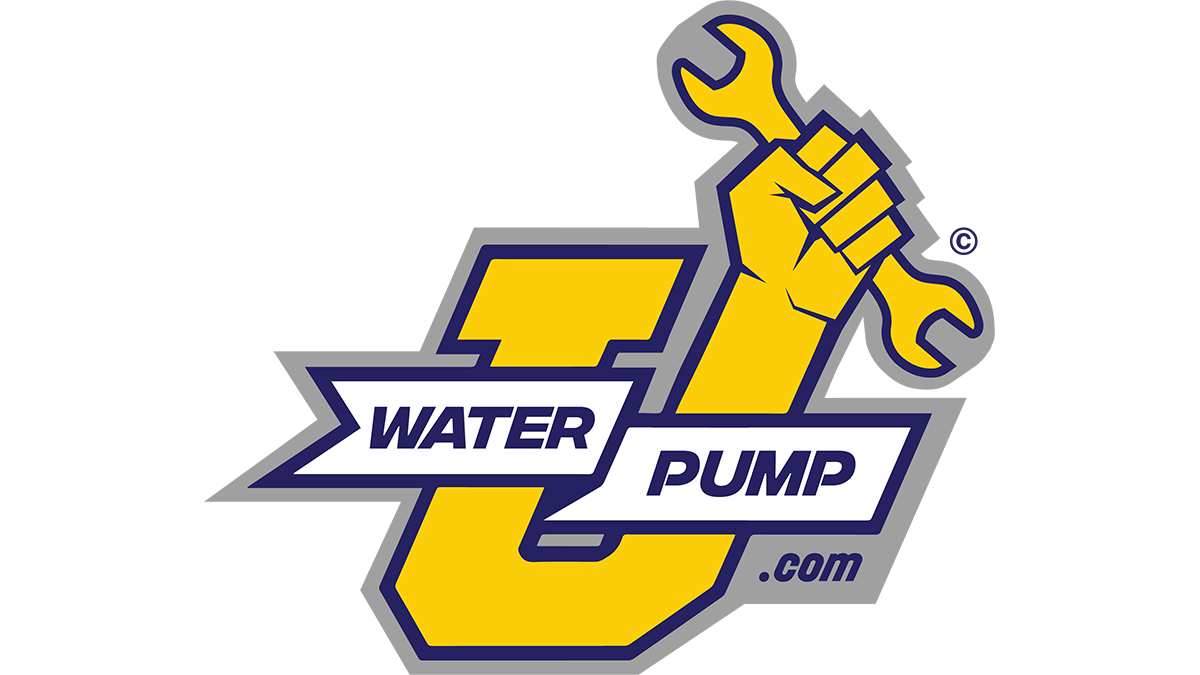
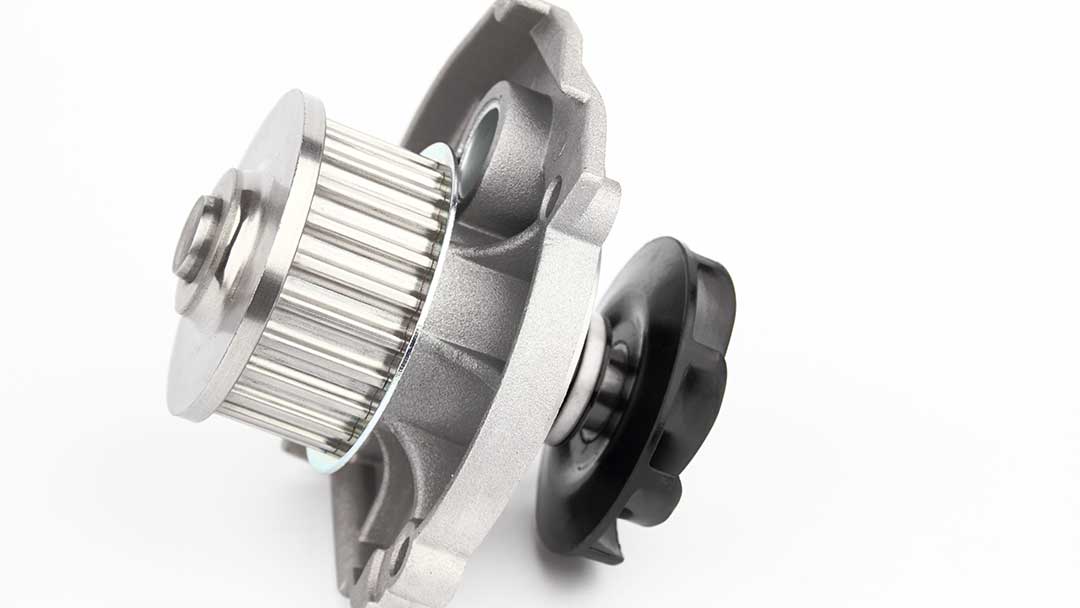





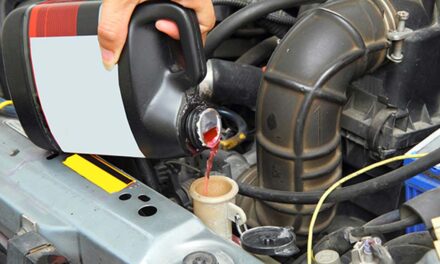
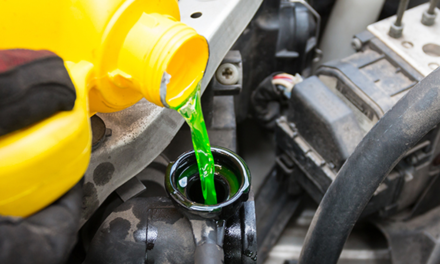
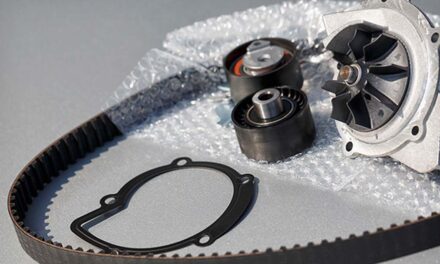
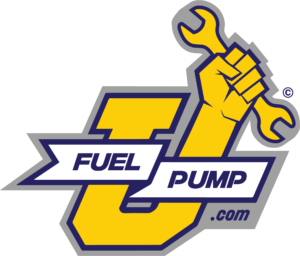
![[Replace Part Number] Engine Water Pump AW5104,45006,12445113,89018166,130-7340,1307340AT,1312391,251-680,252-782,252-845,WP-9409 [High Performance & Durability] We use premium components and strict quality control standards to ensure superior perfo...](https://m.media-amazon.com/images/I/41kTvw98hHL._SL100_.jpg)

